The travel technology landscape has witnessed a quiet revolution with the emergence of specialized audio guide platforms, among which Sanmao You has carved out a distinctive niche. This Chinese-developed application has gradually built one of the most comprehensive collections of location-based audio content for cultural sites across Asia and beyond. Unlike generic travel apps that focus on logistics, Sanmao You delves deep into storytelling, offering visitors an immersive way to experience heritage sites through professionally narrated audio guides.
What sets Sanmao You apart is its meticulous approach to content curation. The app doesn't simply provide dry historical facts; it weaves together cultural context, architectural details, and human stories into cohesive audio narratives. For the Great Wall of China, for instance, listeners don't just hear about construction dates - they learn about the laborers' lives, the strategic military thinking behind each curve, and even how weather patterns influenced the wall's positioning. This multidimensional storytelling transforms stone and mortar into living history.
The content library spans an impressive range of destinations, from the Terracotta Warriors in Xi'an to Angkor Wat in Cambodia. Each audio guide undergoes rigorous research and multiple layers of verification by regional experts. The platform collaborates with local historians, archaeologists, and cultural specialists to ensure accuracy while maintaining engaging delivery. This academic rigor combined with accessible presentation creates what many users describe as "having a personal scholar guide in your pocket."
Seasoned travelers particularly appreciate how Sanmao You handles lesser-known sites alongside famous landmarks. In Beijing's hutongs, the app reveals stories about courtyard house symbolism that even many locals don't know. At Thailand's Ayutthaya ruins, it explains how Portuguese traders influenced Siamese architecture. These nuanced perspectives help tourists move beyond superficial sightseeing to develop genuine cultural understanding.
Technical execution plays a crucial role in the app's effectiveness. The audio quality remains consistently high across all guides, with professional voice actors delivering clear narration even in noisy outdoor environments. Smart pacing allows for natural movement between points of interest, while optional deep-dive segments cater to more curious listeners. The GPS-triggered playback ensures commentary aligns perfectly with the user's physical position, creating a seamless augmented reality experience.
Beyond historical sites, Sanmao You has expanded into museums, with particularly strong coverage of China's provincial collections. The Shanghai Museum audio tour, for example, doesn't just identify bronze vessel types - it explains ancient casting techniques, ritual uses, and how modern scholars interpret decorative motifs. This transforms what could be a quick gallery walk into a rich educational experience, often prompting visitors to revisit exhibits with fresh perspective.
The platform's content strategy demonstrates remarkable cultural sensitivity. At religious sites like Tibet's Potala Palace or Malaysia's Blue Mosque, narrators provide appropriate context about customs and etiquette before discussing architecture or history. This thoughtful approach has earned praise from both tourism boards and religious authorities, with several sacred sites officially endorsing Sanmao You as their recommended audio guide provider.
Language accessibility forms another strength of the content library. While Mandarin remains the primary language, many popular guides now offer English, Japanese, and Korean versions. The translations avoid awkward literal interpretations, instead adapting idioms and cultural references for international audiences. This careful localization makes the content valuable not just for Chinese tourists abroad but for foreign visitors exploring China's cultural treasures.
Regular content updates keep the library dynamic. Beyond adding new destinations, the team refreshes existing guides with recent archaeological discoveries or newly uncovered historical documents. After researchers published findings about the Ming Dynasty's maritime expeditions, Sanmao You promptly updated relevant coastal city guides with this fresh perspective. Such commitment to currency makes repeat visits to sites worthwhile, as returning travelers often discover new layers of meaning.
The business model supporting this extensive content library deserves mention. Unlike apps that rely solely on user subscriptions, Sanmao You partners with cultural institutions for sponsored content development. This symbiotic relationship ensures high-quality production while giving heritage sites a platform to share their stories accurately. Users benefit from more authentic narratives free from the commercial bias that plagues some competitor platforms.
Looking ahead, Sanmao You shows potential to redefine cultural tourism beyond Asia. Its successful formula of combining scholarly depth with engaging delivery could translate well to European castles, Middle Eastern archaeological sites, or American national parks. As augmented reality technology advances, the platform's strong content foundation positions it to integrate visual elements seamlessly, potentially creating the next generation of location-based learning experiences.
For travelers who believe meaningful exploration requires understanding context, Sanmao You's content library offers an invaluable resource. It represents that rare intersection where technology enhances rather than distracts from real-world experiences, where smartphones become bridges to deeper cultural connection rather than barriers. In an age of mass tourism, this careful balance between convenience and authenticity may well point toward a more thoughtful future of travel.

By /Jul 25, 2025

By /Jul 25, 2025
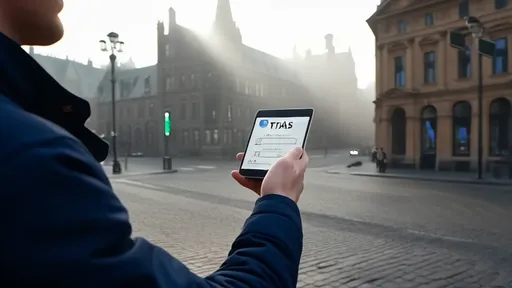
By /Jul 25, 2025
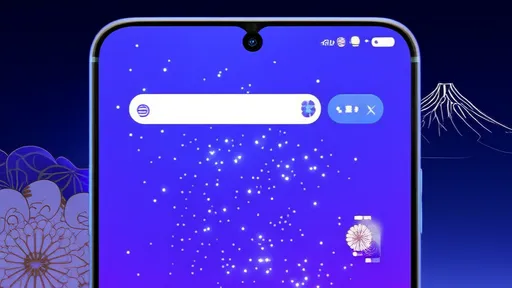
By /Jul 25, 2025

By /Jul 25, 2025
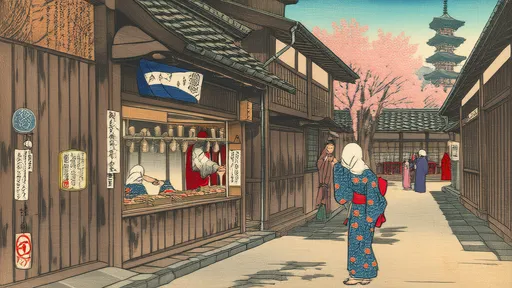
By /Jul 25, 2025
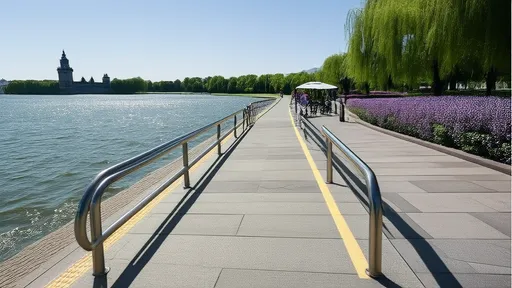
By /Jul 25, 2025

By /Jul 25, 2025
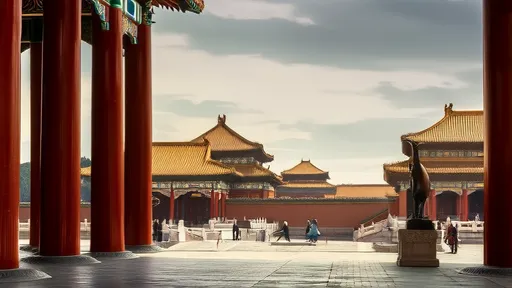
By /Jul 25, 2025

By /Jul 25, 2025
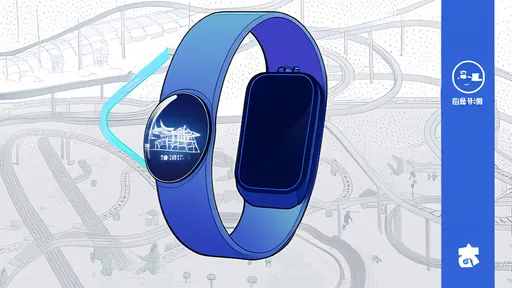
By /Jul 25, 2025

By /Jul 25, 2025

By /Jul 25, 2025

By /Jul 25, 2025
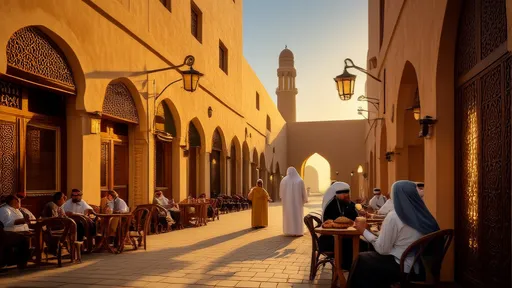
By /Jul 25, 2025

By /Jul 25, 2025
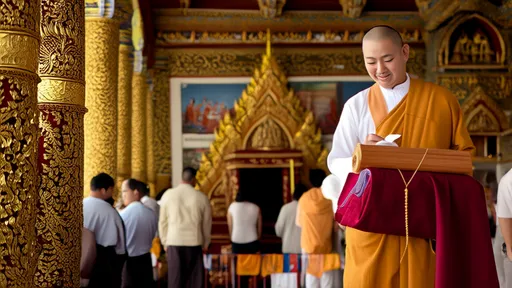
By /Jul 25, 2025
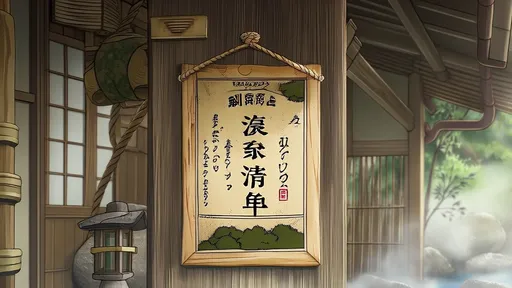
By /Jul 25, 2025

By /Jul 25, 2025
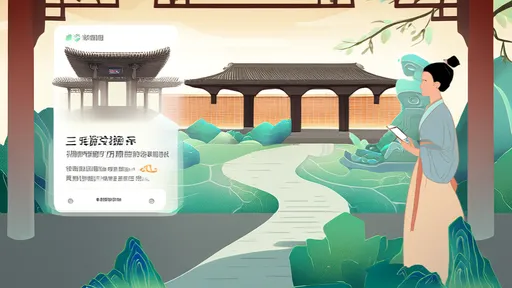
By /Jul 25, 2025